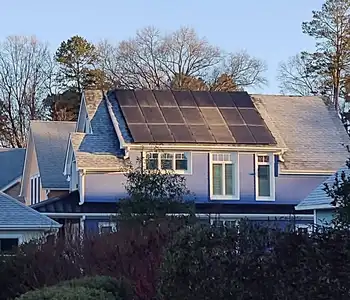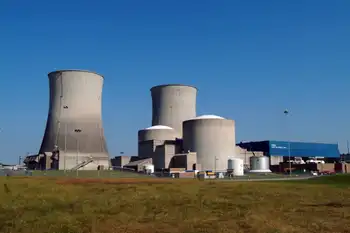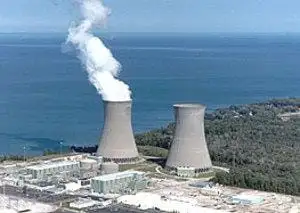Cleaner coal technology moves forward in China
By Electricity Forum
Substation Relay Protection Training
Our customized live online or in‑person group training can be delivered to your staff at your location.

- Live Online
- 12 hours Instructor-led
- Group Training Available
Under the terms of the agreements signed today, USTDA will fund a feasibility study that would support the advancement of commercial scale integrated gasification combined cycle IGCC facilities in China based on GEdesigned IGCC technology. In this initial study phase, GE and CPECC will evaluate the cost and performance of an IGCC design.
“Coal is an abundant and low cost resource in China and the U.S. Gasification technology allows us to use it in a much cleaner way,” said Steve Bolze, president & CEO for GE Power & Water. “To achieve significant reductions in carbon dioxide and other emissions, cleaner coal power generation technologies such as IGCC must be part of the solution GE is pleased to be working with CPECC and USTDA in this important endeavor.”
This follows the memorandum of understanding signed between CPECC and USTDA in November as part of the U.S.China Clean Energy Announcements made by President Obama and President Hu in November 2009.
IGCC and carbon capture technologies have been commercially demonstrated and will need to be widely deployed to enable low cost power generation from domestic energy resources, while at the same time achieving significant reductions in carbon dioxide emissions globally. Governments and industry in both the United States and China have critical roles to play in accelerating the deployment of these commercial scale IGCC facilities.
Gasification technology has become a critical tool in the expansion of the Chinese economy, allowing a wide variety of industrial products and fuels to be created from lowcost, abundant coal resources. GEÂ’s gasification technology is one of the most widely applied technologies of its kind in China, with more than 40 licensed facilities. As gasification projects in China get larger and more complex, advanced technologies such as GEs new larger scale quench gasifier and higherpressure gasification technology will be critical to reducing overall project cost.
The United States and China are two of the largest consumers of coal for industrial applications and power generation. There is significant interest in seeing cleaner gasification technologies and IGCC with carbon capture widely deployed in a carbonconstrained environment.
GE has been at the forefront of IGCC technology for more than two decades. GE technology was involved in several milestone projects, including the pilot IGCC plant, Coolwater, in Barstow, Calif., and the Polk Tampa Electric IGCC plant in Florida that helped demonstrate the commercial feasibility of IGCC. GE also is supplying IGCC technology for Duke EnergyÂ’s plant in Edwardsport, Ind., that is expected to be the worldÂ’s largest IGCC facility when it comes online in 2012.











